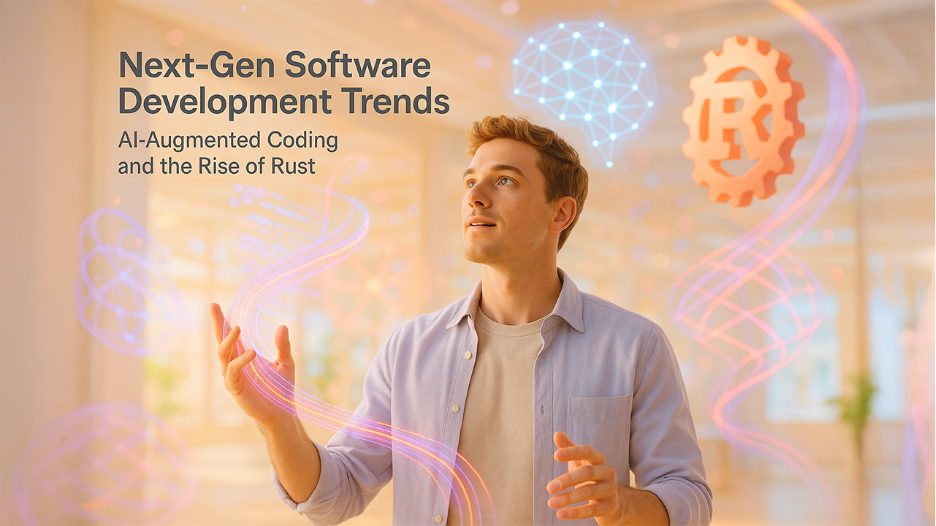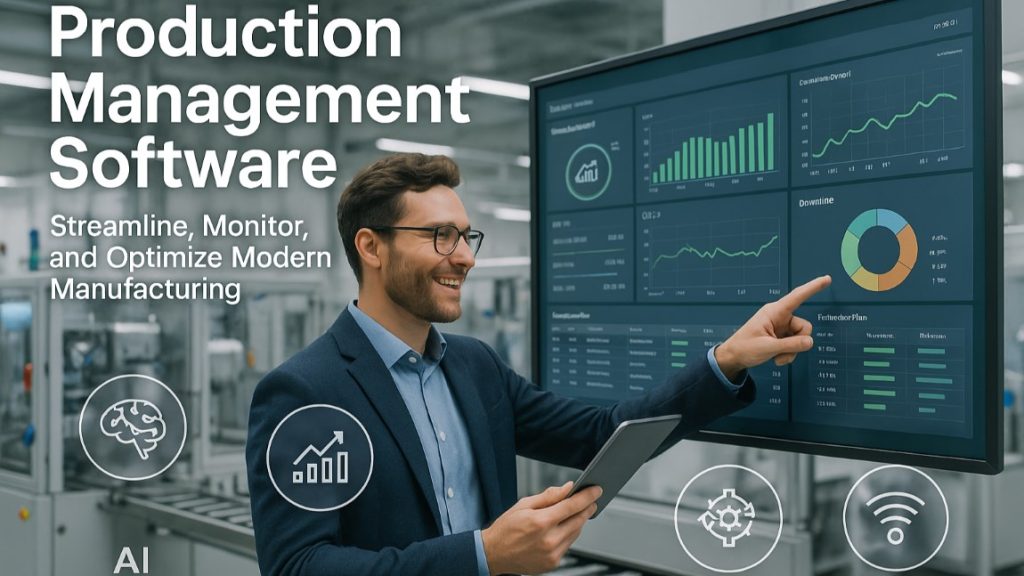The software development industry keeps evolving on a consistent basis. The languages, tools, and approaches that developers utilize are changing and adjusting to new opportunities and challenges. Such changes impact all users who develop software, ranging from small startups to large organizations. In this blog, let us discuss the top 10 important trends that will be most important in the coming year. Whether you are managing a team, managing a business, or developing software, comprehending such trends aids you in making more informed and effective choices regarding your software projects.
A Short Note on the Industry
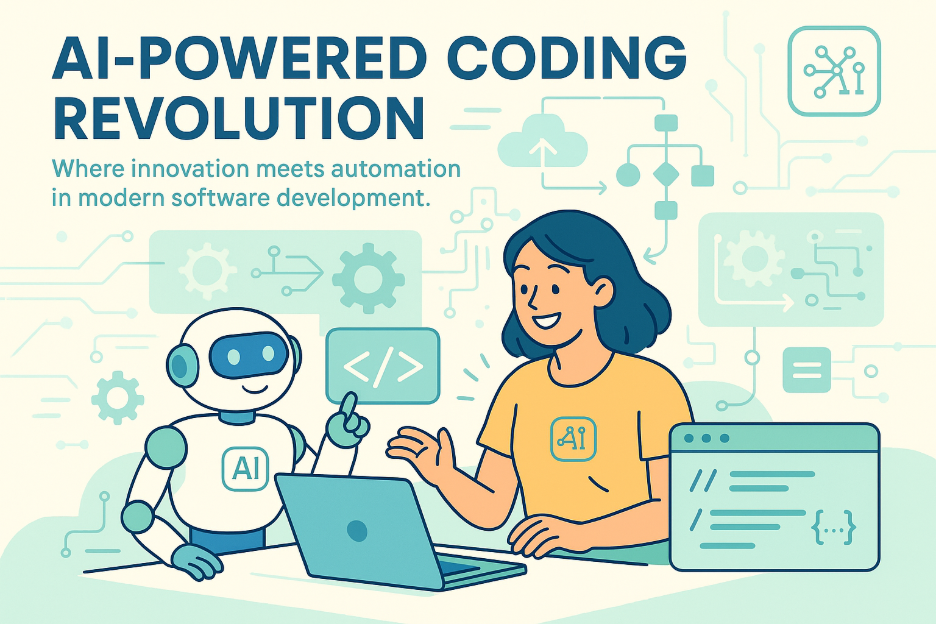
Software development in 2025 proved to be vastly different from what it was in 2020. Conventional coding practices now exist in synergy with AI agents. A recent study has indicated that approximately 41% of the code in the industry is AI-generated. Previously, the development cycles that used to take months or even years are now completed within days. The software development is now driven by consistent integration pipelines that automate testing processes across the industry. Furthermore, in Fortune 500 companies, you will find that there are no siloed development departments, as they have been replaced by more collaborative cross-functional teams. They have comprehensively blurred the lines between technical and business roles.
For development leaders and CTOs, comprehending the future trends will put them in a better position to choose approaches that can deliver the desired business outcomes.
What Is Software Development?
Software development can be defined as the process of designing, developing, testing, and maintaining computer programs and applications. It is a vast process that requires a lot of creativity, engineering expertise, and problem-solving capabilities to create software that aligns with specific needs and objectives. Software is generally developed by a developer or a team of developers (also called coders or programmers) that utilize a wide variety of tools to generate solutions for end-users or businesses.
Related Read: What is Enterprise Software Development and Why is it Important?
Top Software Development Trends to Watch Out for in 2026
As we proceed toward 2026, key trends have emerged in the market that are transforming how the software is developed, deployed, and maintained. Let us take a deeper look at the paradigm shifts that are expected to impact teams of all sizes across niches in 2026.
The Rise of Rust to Dominate Enterprises:
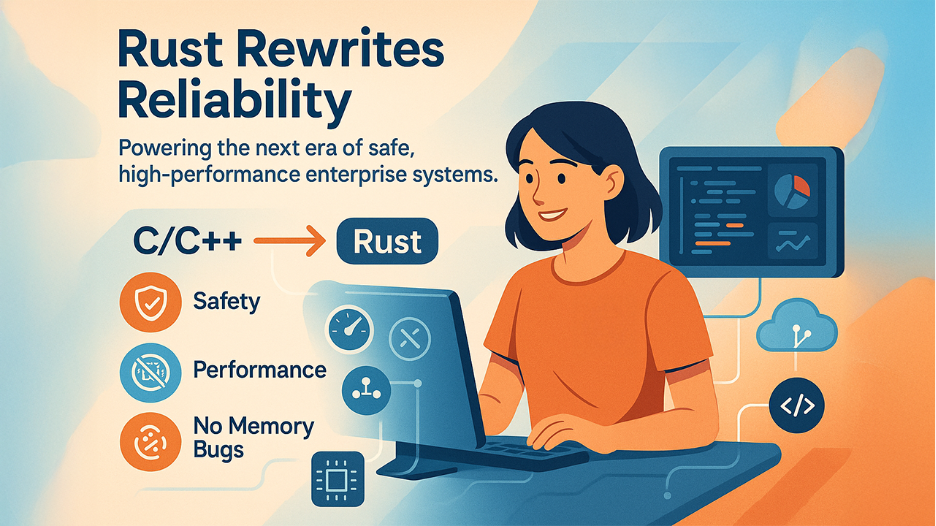
Rust is transitioning from specialized application areas to core enterprise adoption. Numerous companies are transforming performance-critical platforms in Rust to remove complete categories of bugs associated with memory that impact C and C++ codebases. The compilers of these conventional languages now provide clearer and helpful messages and quicker compile times, addressing the issues related to early adoption comprehensively.
The strong safety guarantees of Rust also appeal to development teams without overhead runtime, making it a preferable choice for teams prioritizing reliability and performance. The ecosystem has considerably evolved with vast catalogues of web services, cloud infrastructure, and embedded systems.
Most significantly, Rust has inspired many languages, with many adjusting to its safety features and ownership model. Even businesses that are not utilizing Rust directly, its concepts have redefined how developers approach concurrency and memory management, improving the level of what is anticipated in advanced programming languages.
WebAssembly Outside Web Browser Contexts:

Once limited only to browsers, WebAssembly works as a universal runtime environment. Developers implement applications scripted in numerous languages such as Ruby, Python, Rust, and Go to edge networks, servers, IoT devices, and cloud platforms without modification.
This approach enables teams to create code once and implement it anywhere, minimizing the complications of targeting numerous platforms. Container deployments involve WASM modules apart from conventional containers for quickly moving and lightweight components.
The security advantages are significant. The sandboxed execution model of WASM ensures robust isolation between components while utilizing a smaller number of resources than conventional virtualization.
This has made it exceptionally helpful for edge computing, where resources are limited in number, but security is greatly important. Cloud solutions now provide specialized WASM runtimes that begin in milliseconds and scale to zero when it is idle, allowing more effective utilization of resources.
AI-augmented Development:
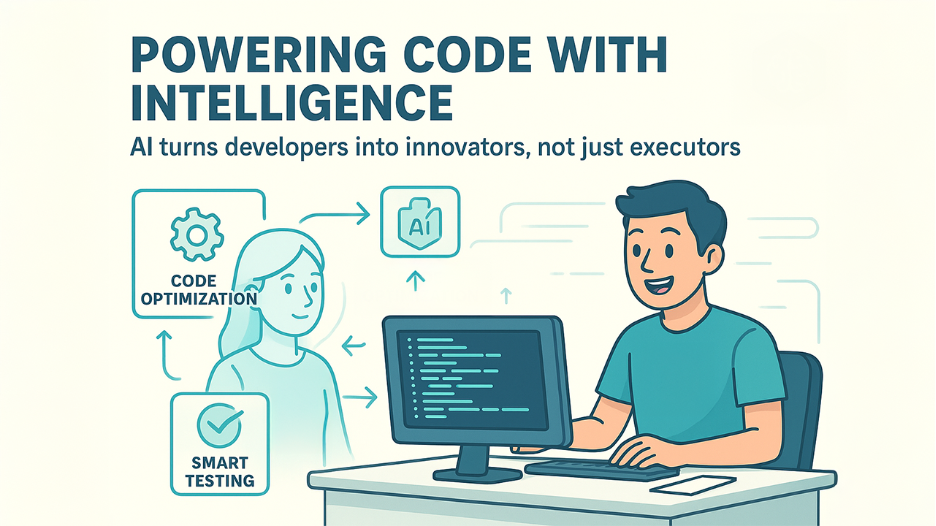
The AI platform now goes beyond simple implementation of code, working as a complete development partner that understands code at an in-depth level. Such systems recommend complete execution approaches, recognize possible bugs, and expound advanced codebases to new members of the team.
The most notable aspect of AI-augmented development has been with testing, where AI creates complete test suites by assessing code behavior. Such tests generally discover edge cases that human developers can miss out, enhancing the overall quality of software. Moreover, maintenance work has been revolutionized by AI platforms that can easily refactor legacy code while retaining the old behavior, slowly advancing the old systems.
Teams leveraging AI assistants can effectively concentrate more on creative problem-solving and less on repetitive execution details. It is beneficial for junior developers in particular, as AI platforms deliver context and recommend enhancements that expedite productivity and learning.
Event-based Microservices:
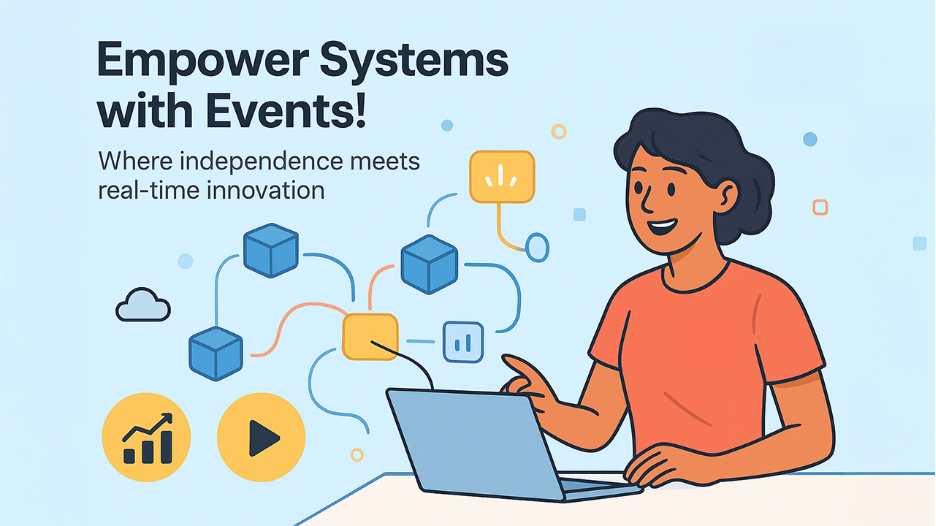
Event-based architecture differentiates itself as the go-to approach for developing microservices platforms. Apart from services directly calling each other, they subscribe to events that matter and publish events when the state changes. This loose coupling ensures that the systems become more resilient and simpler to transform.
Streaming platforms work as the main nervous system for numerous applications, ensuring real-time processing and connecting independent services otherwise. The approach has turned out to be quite effective for platforms that need to quickly react to evolving conditions, such as logistics platforms or financial trading systems.
Development teams mostly prefer event-based systems because they can be easily understood in isolation and can be quite comprehensively tested. Every service has less direct dependencies and organized boundaries. Teams can independently transform their areas of the system, as long as they ensure compatibility with events they create and consume.
API-first Development:

The advanced API-first approach transforms the design of the software. Teams can quite easily determine and stabilize APIs before executing the core functionality, making sure that all contracts have clear interfaces and unambiguous contracts from the very start.
Contract-based platforms for development automatically verify that executions align with their API specifications, capturing integration problems at the development stage instead of finding them out during the production stage. Such tools create test cases, documentation, and even mock executions from API definitions, expediting the development process.
Developers consider APIs to be products having their own lifecycle, independent of specific implementations. This approach allows teams to transform internal implementations without disturbing customers, ensuring more stable environments.
Serverless Computing Maturity:
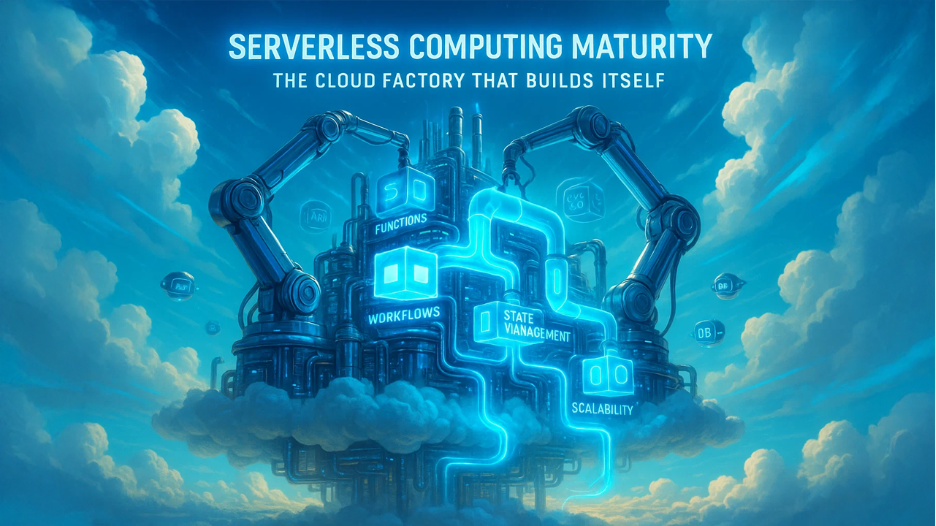
Serverless platforms ensure support for sophisticated application patterns, not just straightforward function implementation. Developers now merge numerous functions into advanced workflows with in-built error management and state management. Issues related to cold start can easily be solved via enhanced container reuse and compact runtimes.
Enterprise adoption has been expedited with more effective tools for debugging, tracking, and local development. Teams can now easily create and verify serverless applications on their native machines with top fidelity to production environments. Combining with present platforms has become simpler with specialized connectors for message queues, databases, and legacy applications.
The cost model has become more convincing. Organizations only need to pay for actual utilization instead of paying for provisioned capacity. This has ensured that serverless becomes the default choice for new applications with unpredictable or variable load patterns. Even consistent workloads generally go with serverless for specific parts of their architecture to enhance scalability.
Paradigm Shifts in Database:

The conventional differences between relational and NoSQL databases continue to be reduced consistently. NewSQL databases now provide the ACID guarantees of conventional relational environments with NoSQL horizontal scalability. Multimodal databases provide support to distinct data models (graph, document, key-value) within a centralized system, streamlining the data architecture.
The innovation in synchronization of data is driven by edge computing, with databases that can work offline and merge changes when connectivity is re-established. This capability is extremely important for applications that you will use in environments with minimum internet connectivity.
Query languages have become more consistent and powerful across distinct database types. GraphQL impacts how developers approach accessibility of data, with numerous databases now providing similar decorative approaches to extract the precise data without having to over-fetch. Such enhancements have made it quite simple for developers to operate with data irrespective of core storage mechanisms.
Embedded AI Capabilities:
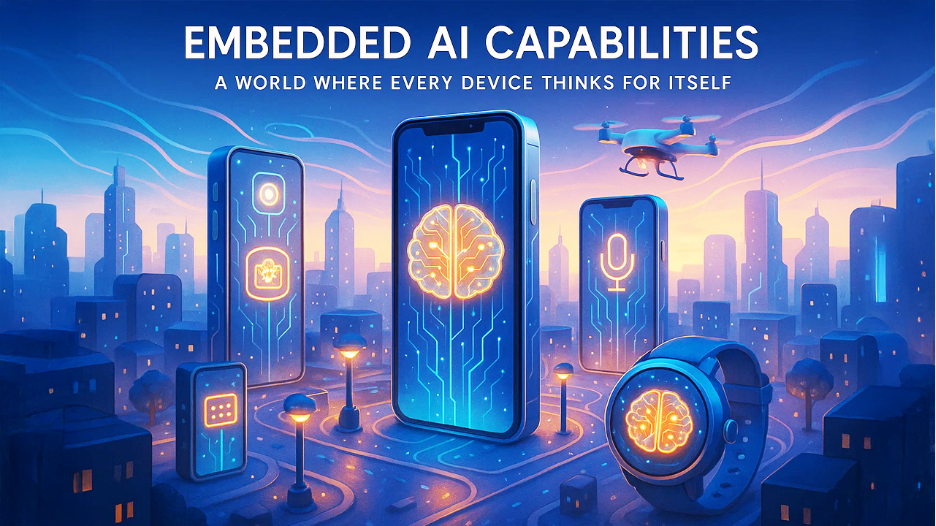
Nowadays, advanced apps incorporate AI capabilities directly instead of requiring external plugins. Specialized frameworks enable developers to efficiently operate machine learning models on devices with limited resources, ranging from smartphones to IoT sensors. Such on-device models safeguard privacy by processing confidential or sensitive data locally instead of sending it to cloud services.
This modern approach is quite helpful for applications that must function offline or work with minimum latency. Image recognition, voice latency, and predictive text now operate seamlessly even without needing internet connectivity.
Cross-platform Development:

Cross-platform development is also becoming quite popular as it delivers genuine native-quality apps instead of developing apps that do not provide optimal experiences. Modern frameworks enable developers to develop code just once and deploy it across desktop, mobile, and web platforms while accessing features particular to the platform. This approach greatly minimizes development time while ensuring top performance.
UI frameworks adjust to interaction patterns and design languages of different platforms automatically. An app appears and functions like a proper Android app on Android devices and a proper iOS app on iOS devices without needing separate designs or codebases.
Such tools seamlessly manage performance-intensive and complex software and not just standard applications. Productivity applications, game developers, and even creative tools now successfully leverage cross-platform approaches. The advantages in terms of productivity are also noteworthy. Teams can focus on developing top features instead of re-deploying the same and repetitive functionality across distinct platforms.
Preparing Your Team for the Future
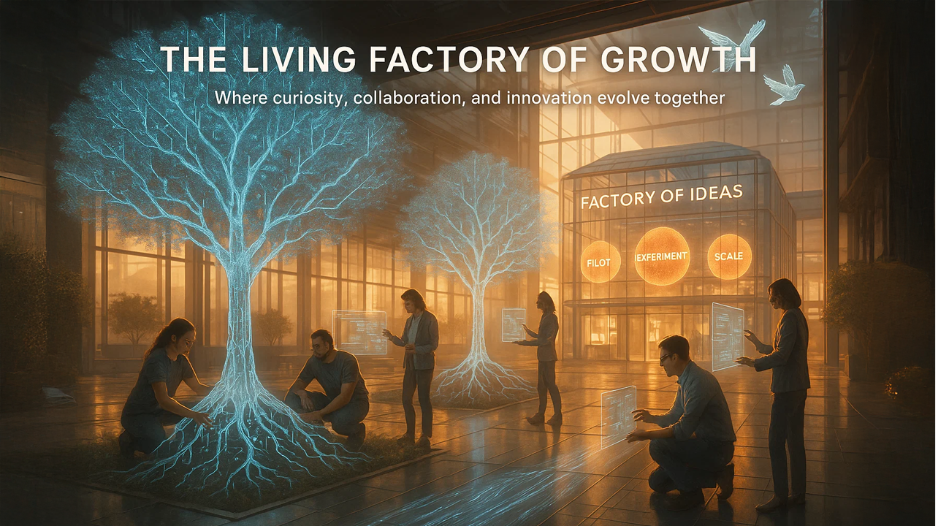
Incorporating such trends requires more than just standard technical execution; it requires a cultural shift within your company. Development teams must emphasize consistent learning through certifications, workshops, and hands-on certifications with upcoming technologies. It is important for the management to allocate the required time for developing skills and create a safe environment where teams can experiment with different approaches without any fear or apprehension. You can begin in a small way by piloting one or two trends in non-critical projects, tracking the outcomes, and slowly scaling effective executions across your business. This balanced approach makes sure that your team works at a high level while reducing disruption to the present workflows.
Conclusion
The top 10 software trends explained in the blog above accentuate how software development continues to become more accessible and effective. Such techniques and tools that are available to developers in 2025 and will be available in 2026 will make it easier for the smaller teams to create advanced, dependable, and effective systems than ever before. Success in software development landscapes in the coming future will greatly depend on how organizations see these trends not only as technical challenges but also as valuable opportunities to resolve business issues in real ways.
Related Posts:

